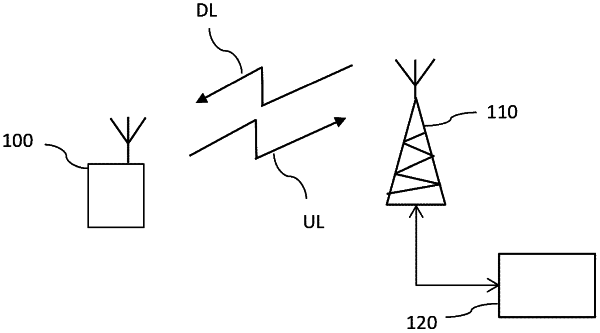| CPC H04W 72/56 (2023.01) [H04W 72/044 (2013.01)] | 16 Claims |

|
1. A method of allocating resources on an uplink between a user terminal and a base station of a radio communication network multiplexing the data in resource blocks distributed in time and frequency in time intervals, the method comprising:
implementing at least two modes of resource allocation:
a standard allocation mode associated with a standard transmission mode of transmission by the terminal, and implementing at least one signalling portion containing information on resource allocation in each time interval; and
a priority allocation mode associated with a priority transmission mode of transmission by the terminal;
wherein the network favors the priority allocation mode and can allocate to the terminal, according to the priority allocation mode, at least one resource block previously allocated according to the standard allocation mode, introducing a situation of allocation collision,
and in that, in such a situation of collision, the network implements a temporary allocation mode to allocate at least one replacement resource block in the standard transmission mode, implementing a number of signalling portions containing information on resource allocation greater than that used in the standard allocation mode, in each time interval, the temporary allocation mode having a signalling frequency greater than a signalling frequency of the standard transmission mode.
|